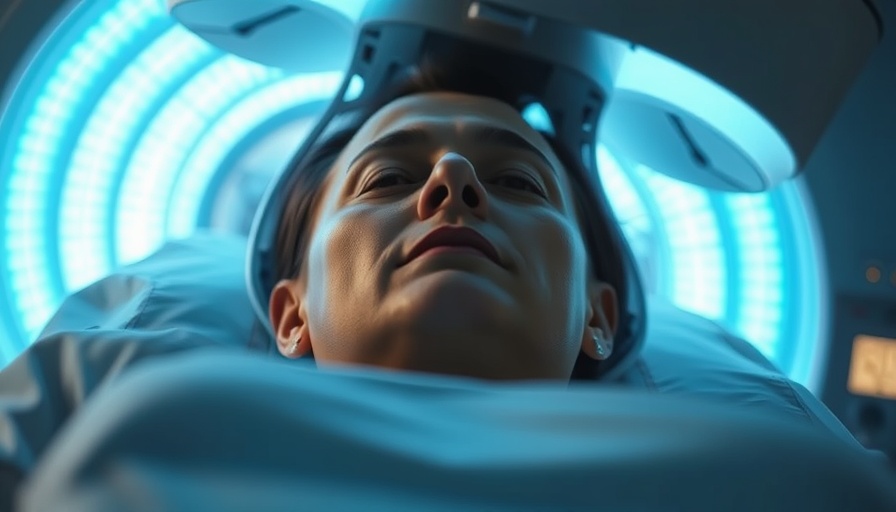
Understanding the Impact of Radiation Therapy on Bladder Cancer
Recent clinical trials have shed light on the significant benefits of incorporating radiation therapy after surgery for patients with locally advanced, muscle-invasive bladder cancer. The BART trial indicated that patients undergoing this combined approach demonstrate a markedly reduced risk of pelvic relapse, improving both survival rates and quality of life.
Trial Findings: A Closer Look at the BART Study
Conducted across multiple centers in India, the phase III BART trial involved 153 patients with high-risk bladder cancer. After bladder removal surgery, participants were randomized to receive either post-operative radiation therapy or to undergo observation alone. Over a follow-up period of nearly four years, results revealed that only 8% of those who received radiation experienced pelvic relapses compared to 26% in the observation group. Furthermore, the two-year locoregional recurrence-free survival rate stood at an impressive 91.2% for the radiation group, compared to 76.4% for those who were merely observed.
Exploring the Benefits: Why Radiation Therapy is a Game Changer
Bladder cancer is notoriously aggressive, with recurrence rates posing significant threats to patient outcomes. Traditional treatments, including chemotherapy and surgery alone, may not provide adequate protection against relapses. The findings from the BART trial signal a progressing paradigm: combining surgery with radiation not only reduces the likelihood of cancer returning but offers a safer, effective method of treatment. As Dr. Vedang Murthy, the principal investigator, notes, the integration of modern radiation techniques could allow many patients to avoid the devastating consequences of pelvic relapse.
Addressing Side Effects: What Patients Need to Know
One of the critical aspects of the BART trial was monitoring side effects. The research reported that the incidence of serious complications in patients receiving radiation therapy remained low and comparable to those under observation. Statistically, fewer than 11% of participants developed severe late complications, indicating that post-surgical radiation can be safely administered without substantially increasing patient risk.
The Future of Bladder Cancer Treatment: Standard Practice on the Horizon?
The promising outcomes from studies like the BART trial pave the way for re-evaluating the protocols surrounding bladder cancer treatment. With radiation therapy potentially becoming a standard post-operative treatment for high-risk bladder cancer patients, ongoing research, including planned meta-analyses across various global trials, may further solidify these findings. The key impetus behind this shift is the goal of improving overall survival rates and minimizing the likelihood of recurrence.
Broadening Our Understanding: The Role of Radiation in Comprehensive Cancer Care
Beyond its application in bladder cancer, radiation therapy holds significant potential in treating various malignancies effectively. Insights from experts highlight its critical role in multi-modal cancer care, particularly when paired with other treatments such as chemotherapy. This broadened perspective not only enhances treatment options for patients but also promotes a more integrated approach to oncology.
Conclusion: The Road Ahead for Bladder Cancer Patients
Given the critical implications of the BART trial, patients and healthcare providers must stay informed about the evolving landscape of bladder cancer treatment. The integration of post-surgical radiation therapy represents a compelling advancement that may reshape survival expectations.
As cancer care continues to evolve, knowledge and awareness of available therapies are paramount for navigating treatment options. If you or a loved one is facing bladder cancer, engaging with healthcare professionals about the potential benefits of radiation therapy post-surgery could be the first step toward a more hopeful prognosis.
 Add Row
Add Row  Add
Add 




Write A Comment